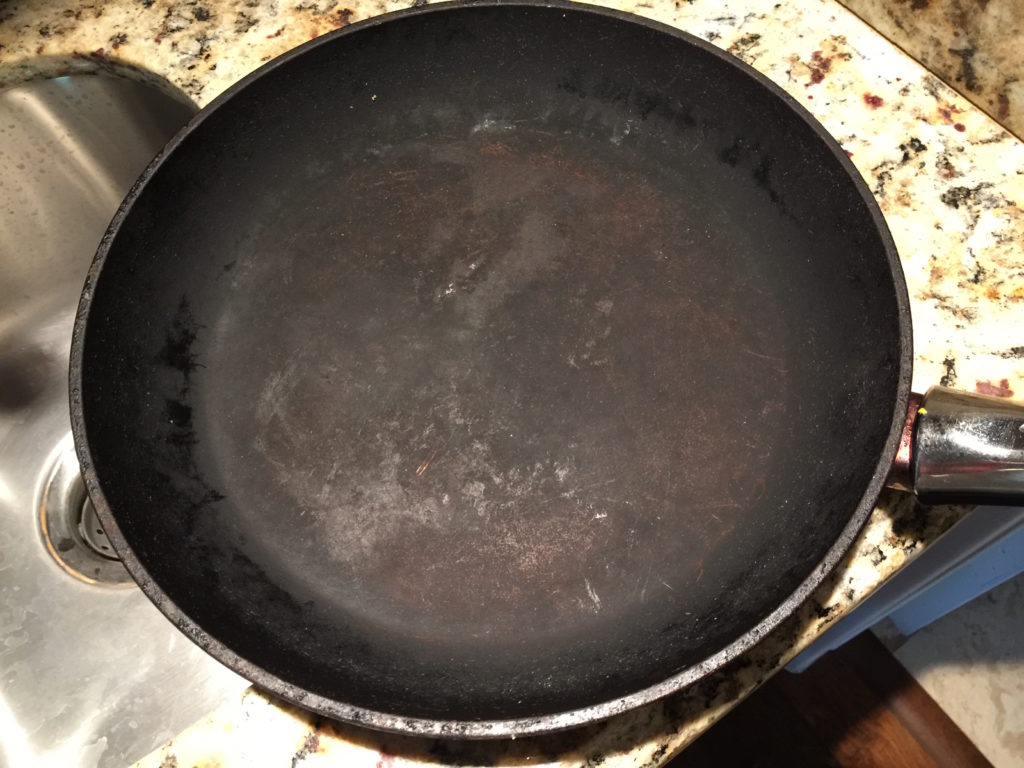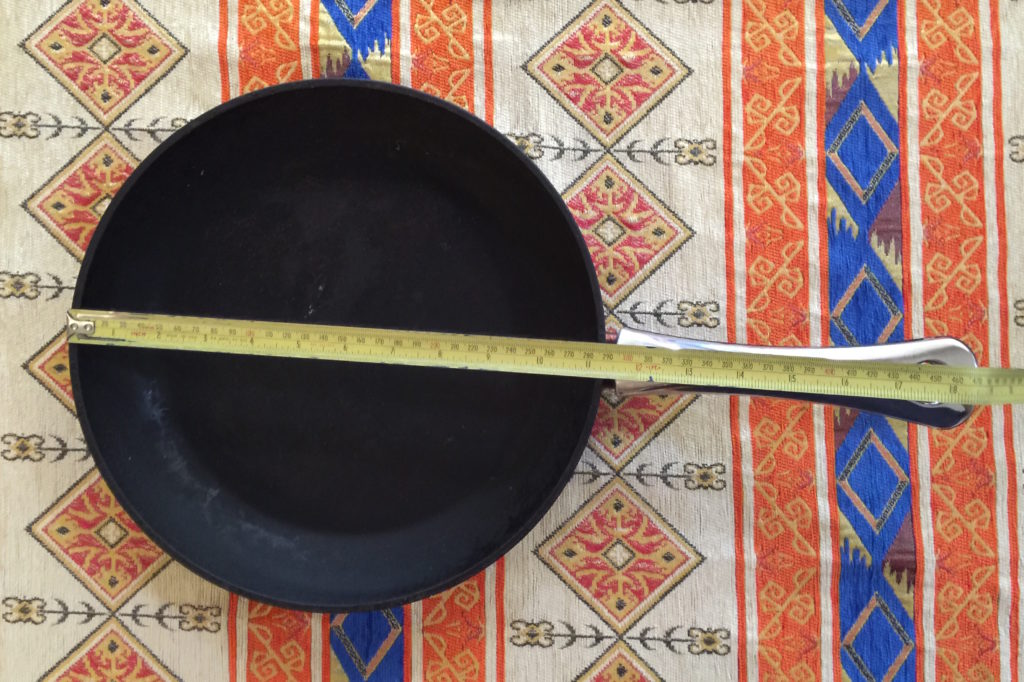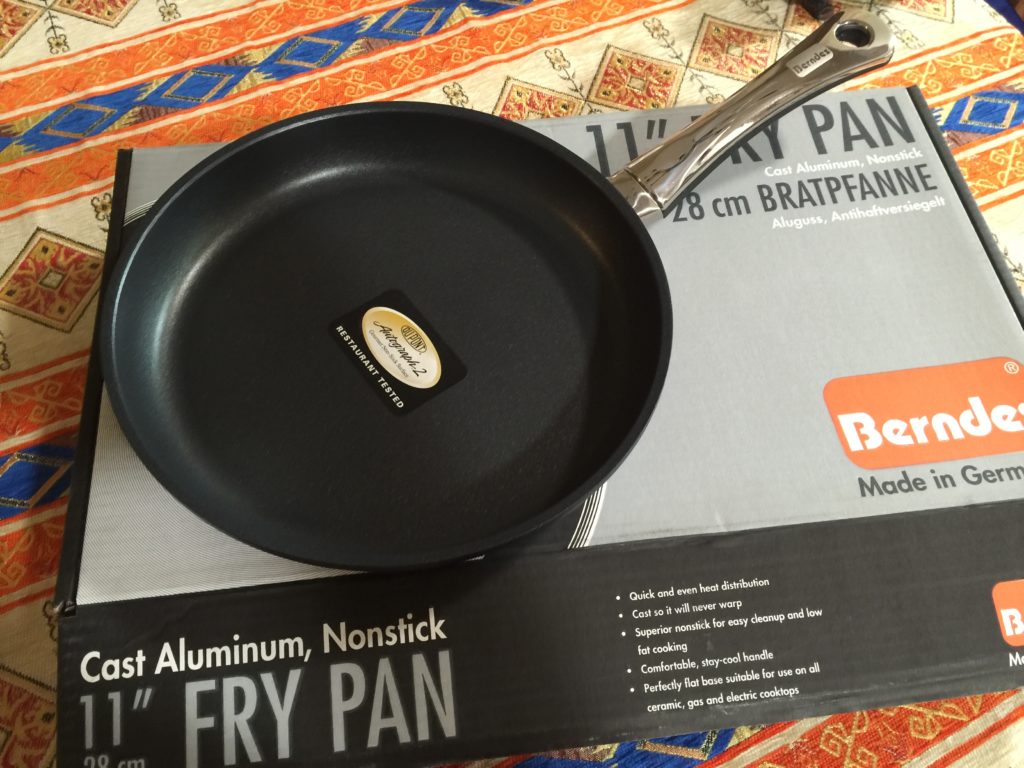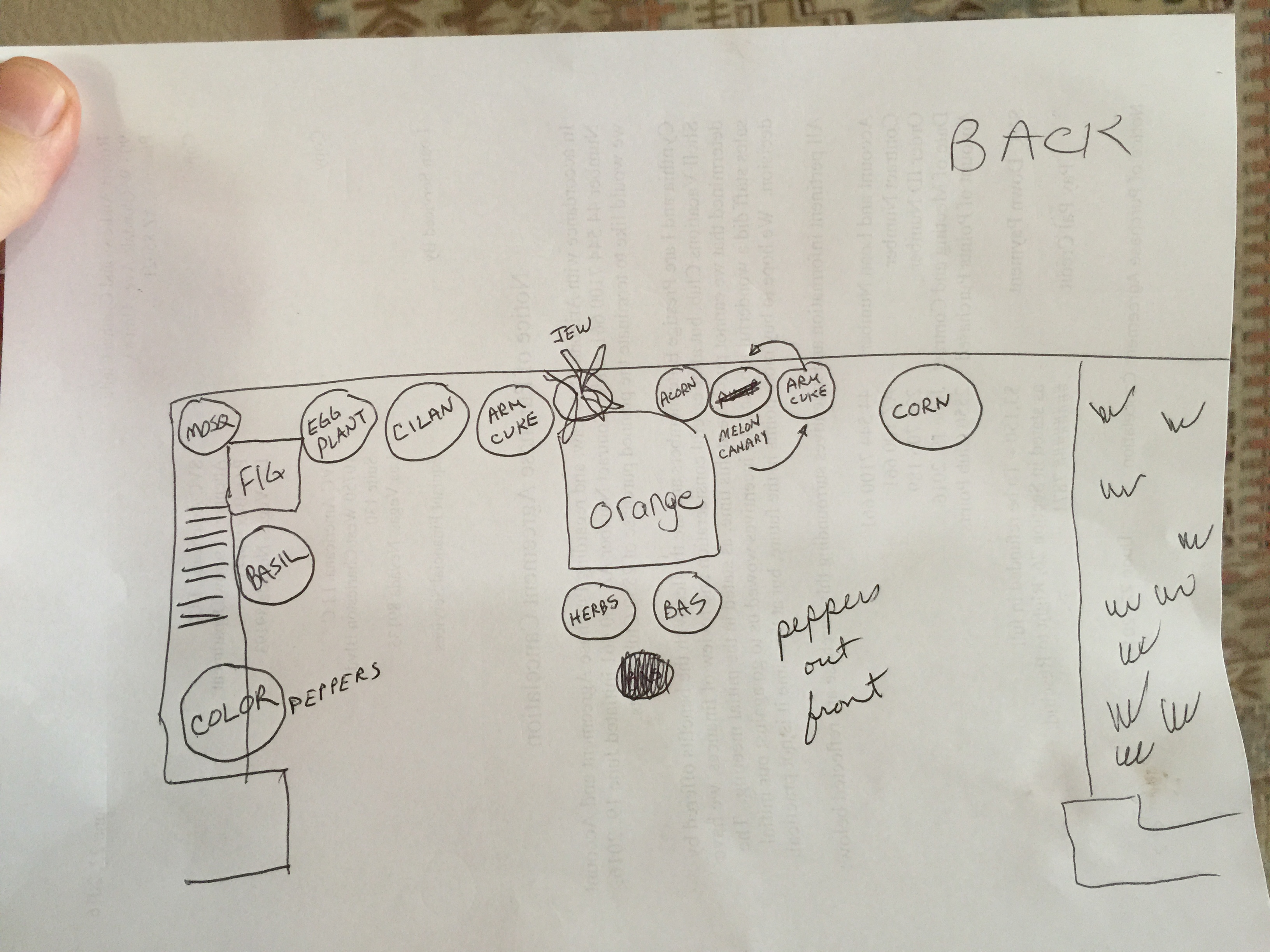Skiplagged
- Skiplagged.com is a way to get cheap airline tickets.
- Another way is to get a flight from A to G through D
when your destination is actually D. Just get off the
plane. Sometimes A to D is more expensive than A to G.
Feel free to browse.
Diet Rules
In general . . .
While FDA generally recognizes most additives on this list as ‘safe,’ there are growing concerns about the safety of many common food additives, if consumed in large quantities.
Artificial sweeteners are regulated by FDA, just as food additives are, but this does not apply to products ‘generally recognized as safe.
Food colorings are used to give foods a more attractive appearance, but some experts believe they cause serious health problems, including asthma and hyperactivity in children.
B – Increases Bulk without affecting flavor
C – Coloring
F – Flavor enhancer
M – Keeps food moist
P – Preservative
S – Sweetener
T – Texture / thickener / keeps moist
Vidalia onions are from Georgia where the soil has a low sulfur content. If you plant a Vidalia anywhere else, it will eventually morph into a regular onion – which is caused cause the higher sulfur content will turn to a higher sulfuric acid content.
Vidalias are 12.5% sugar, whereas standard onions are about 7% sugar.
The F1 Granix Hybrid was created from a Vidalia. (READ THIS)
Try a Mayan Sweet or Peruvian Gold. Alternates are also Walla Walla, Maui Sweet and Texas 1015 onions.
Try planting this in soil amended to a low sulfur content (READ THIS)
OK, so this is not a recipe, but like I said… this site is mainly for my use.
You should replace your tires at least every six years whether they are worn or not. They degrade. Even if there’s plenty of tread left, tires should be replaced if they’re too old. Over time, the rubber will dry and crack, possibly leading to a blowout or flat tire.
You can tell the manufacture date of your tire by looking on the side. There will be DOT followed by four numbers (eg) DOT and then eventually 1418. This means they were manufactured during the 14th week of 2018 which is about mid April 2018.
Shear Thinning Liquids
Non-Newtonian viscous shear thinning in ionic liquids We have studied the shear thinning of several protic and aprotic ionic liquids (ILs) by stress-controlled rheometry, which indicated that some ILs exist as liquid phase aggregates that can be disrupted or broken at high shear rates. Increasing the temperature shifted the onset of shear thinning to higher frequency and indicated that a smaller or less cohesive aggregate was formed. However, upon application of a sufficiently high temperature, the sample resumed the characteristics of a Newtonian fluid. (HOEt)2NH.AcOH was selected as an example of a protic ionic liquid (PIL) to probe concentration effects on liquid ordering. At water concentrations lower than one equivalent per PIL component pair, the viscosity rapidly decreased, although the onset frequency of shear thinning remained constant. The shear thinning and low viscosity regime remained until approximately 3–4 equivalents of water were added and the PIL behaved as a Newtonian fluid. The effect of water on the shear thinning of (HOEt)2NH.AcOH indicated that small dilution volumes did not alter the aggregate structure, but instead reduced the number of aggregates. Both the temperature and additive water strongly suggested that the IL aggregates were due to intermolecular hydrogen bond networks.
Shear Thickening Liquids
Shear induced self-thickening in chitosan-grafted polyacrylamide aqueous solution A remarkable shear induced self-thickening of chitosan-graft-polyacrylamide aqueous solution was observed. After the polyelectrolyte solution presenting shear thinning was subjected to a high-rate shear for several minutes, their viscosities recovered and then a much higher zero shear viscosity than the original one appeared. Obviously, the self-thickening differs from conventional shear thickening or viscous recovery, as reported previously. The mechanism of self-thickening was investigated by rheological methods together with TEM, 1H NMR and DLS, etc. It was found that some aggregates exist in original chitosan-graft-polyacrylamide aqueous solution and the scale of such aggregations would become larger within several minutes after a strong shear. The thickening was proven to be the result of an enhanced scale of GPAM aggregation in aqueous solution, and the mechanism of aggregation was proven to be intermolecular hydrogen bonding effects. Besides, the shear-induced self-thickening appears to be facile, maintainable and easily controllable by changing the shear conditions.
Rheology of Liquid Foods
Liquid foods are classified and their properties discussed under various types of rheological behavior: Newtonian, pseudoplastic, shear thickening, thixotropic, and viscoelastic. Rheological data on selected liquid foods are summarized in either tabular form or in the form of equations. Wherever possible the influence of temperature, constituents, and structure on the rheological behavior is detailed. Because many foods are suspensions, the measurement of flow properties of suspensions and factors influencing their rheological behavior are also covered. Finally, the relationship between the flow behavior and the sensory evaluation of mouth feel and viscosity is discussed.
You don’t always have to plant from seed.
Moringa, the famous “miracle tree,” has many nutritional and medicinal properties and is one of the most efficient and influential plants out there. Even though it grows best in tropical and sub-tropical regions, people in many other climates can also enjoy the benefits of growing moringa in their own home with a few simple tricks.
Moringa trees can be grown from either moringa seeds or branch cuttings from a moringa tree. So unless you have a nearby friend with a healthy, well-established moringa tree who wouldn’t be opposed to lending you a branch, then seeds are the way to go. Moringa oleifera is a common variety of moringa and is a great choice for growing and consuming.
In the U.S., the only places moringa can grow outside year-round are southern areas of Florida, Arizona, California, and Texas. Depending on where you live, you may decide to grow moringa trees outside in the ground, in a pot to be kept indoors during the winter months and then to be moved outside during the summer, or in a pot permanently. Growing moringa trees in greenhouses is also an option, and is especially recommended for climates that regularly get below freezing temperatures. The optimal temperature range for moringa trees is 77-95 ˚F, but it can also survive in extreme temperatures up to 118 ˚F in the shade and down to a light frost. Altitudes lower than 1,970 ft above sea level are best, but moringa trees have been able to grow in the tropics up to 3940 ft above sea level. No matter where you decide to grow your tree, try to place it in a sunny location and give it plenty of water.
To plant moringa seeds in the ground, follow these instructions:
There is no dormancy period for moringa seeds, so you can plant mature seeds at any time.
– Find a spot with soil that is light and sandy, not waterlogged or clay-like.
– Dig a few 1 ft. x 1 ft. holes 1 ft. deep, and “back-fill” each hole a bit with soil.
– If you must plant in heavy soil, dig a hole up to three times as big as described in Step 2 and use a 1/3-sand, 2/3-soil mixture to back fill.
– Plant 3-5 seeds in each 1 ft. hole, spaced 2 inches apart.
– Be careful not to plant seeds more than ½ an inch deep.
To plant moringa seeds in a pot, follow these instructions:
Moringa trees can grow up to 50 feet tall, which is less than ideal for an indoor environment. These instructions will teach you how to grow a “dwarf” moringa tree, which is still the same plant that has just been pruned to grow less.
– Fill a pot that is 12-18 inches in diameter with loose soil.
– One pot can usually hold about five dwarf moringa trees, but it is a good idea to initially plant 7 or 8 in case a few seeds don’t sprout.
– Space out ¾- to 1-inch deep holes in the soil.
– Put a seed in each hole and lightly cover them with some soil.
– Once the plants have at least two layers of branches, it is time to start pruning. Cut back the tops of the seedlings and cut the branches back to half their length. When the tree is young, check the tree for new leaves at least once a week – new leaves usually appear on the tops and in a sort of “junction” or fork in branches – and cut these back as well.
– Pruning the tree will keep it small, and will also produce a LOT of leaves, which is all the better for you to use in your food!
If you do have the option to start your own tree from a branch cutting, follow these instructions:
– Use hard wood instead of green wood for cuttings, which should be at least one inch in diameter and at least six feet long. The best branches for cuttings are the ones that need to be cut off anyway after the tree has finished producing fruit for the year and needs to be pruned to promote new growth.
– Dig a 3 ft x 3 ft hole that is 3 ft deep and plant the cutting inside.
– Fill the hole with a sand and soil mixture. Pack soil firmly around the base of the plant.
Here are some general tips for cultivating moringa:
– Even though moringa can grow in a variety of conditions and in poor soil, using compost or manure mixed into your soil will help the tree grow.
– Be generous with watering, but don’t water too much. The soil should not be dry and cracked, but the seeds should not be drowning either. Seedlings also are a bit fragile when they have recently sprouted, so water lightly during this period. When watering a new plant that was started from a branch cutting, try to avoid watering the stem of the plant. Moringa can survive in very dry climates with little water, but regular watering during the first two months of planting seeds helps them develop properly. After the first two months, you can cut water back significantly and only water the tree when it looks like it needs water.
– All moringa trees need regular pruning to promote leaf growth, curb branching, and prevent the tree from being taller than you want it to be. If a moringa tree is left alone to grow, it will become tall with many branches and few leaves, and will only flower near the top, which is very unhelpful. A good height to aim for is 8-12 feet, and if you continue to prune the tree will keep growing lots of leaves and growing branches from the trunk instead of out the top of the tree. To prune, simply cut branches back to half their length and trim the top of the tree.
– The branch parts that you’ve removed can be chopped up into 4- to 10-inch bits and scattered underneath the moringa tree to serve as a natural mulch.
– Most moringa seeds sprout within two weeks of being planted.
– Moringa trees do not usually need fertilizer of any kind, but if yours needs a little bit of extra help, phosphorus will aid root development and nitrogen will help with leaf growth. Ammonium sulfate can also help your tree grow.
– Moringa resists a lot of pests, but termites still might give you trouble. If this is the case, use mulch with castor oil plant leaves, mahogany chips, tephrosia leaves, or Persian lilac leaves.
– If you live in a very wet climate and are growing your tree outside, Diplodia root rot can occur. To avoid this, try planting your tree on top of a small mound so that excess water can run off away from the plant.
– To harvest the pods for eating, pick them when they are about ½ an inch in diameter and come off easily.
– Older leaves are better for making moringa powder.
Resources:
These seeds are ORGANIC which means that they are not chemically treated in any way.
The Moringa plant contains thin green pods, which hang down from its branches. It’s from the pods that the seeds are removed.
Raw and fresh Moringa seeds are very tender; however, once they get dried, they get hard and begin to look like small beans. The seeds have unique wing-like structures and are grayish-white in color.
During the months of reproduction, the Moringa tree offers a multitude of seed pods, leading to plenty annually. In spite of the Moringa seeds only growing annually, it is worth the wait thanks to their significantly nutritional benefits. The seeds are viable for between one and two years, lending themselves well to an annual harvest.
Title of Recipe: Play Dough
Ingredients:
2 cups flour
1 cup salt
1 cup water
Instructions:
Mix-knead 7-10 minutes. Put in plastic bag. Shape- air dry or bake at 325° for ½ hour for ¼” thickness.
Ingredients
Step by Step
The following treats can cause cancer in dogs.
For good information, visit the Facebook Page of Dr Karen Becker
BHA is identified as a CANCER-CAUSING agent which can be found in these following pet treats:
Posted by Dr. Karen Becker on Monday, June 26, 2017
– Five mainstream treats that are actually bad for your dog
– Use up your refrigerator scraps to make healthy treats
– Jury is still out on the efficacy of this recipe
– A healthier option
– If making this for humans, use salt. If making for your dog, OMIT SALT.
– A healthy and digestible dental treat
 This includes teflon, ceramic, and all surfaces that claim to be non-stick.
This includes teflon, ceramic, and all surfaces that claim to be non-stick.
Please also review my post: Care of your Cast Iron Skillets
Teflon, Ceramic and other non-stick finishes need to be taken care of. Here are some tips that you may find useful.
THE PENNY TRICK – If you are boiling water, put a penny in the bottom of your pan. If it boils dry (which will ruin your pan) the penny will start to rattle because of the boiling water beneath the penny. The rattling will tell you your pan is nearly empty (usually) before your pot is destroyed.
A SAD STORY WITH A GREAT OUTCOME – – – – –
This was a GREAT skillet, but recently (7 years after purchase) it has become unusable. We will find out if Berndes will stand behind their Lifetime Warranty. I will post their reply below. I approached them as a consumer, so they did not know that this entire situation was echoed here at Grandpa Cooks.

I am the main cook in our family. I got my Berndes 11″ skillet about 6-7 years ago. I loved it. I treated it well, never used abrasives, never exceeded 450º and oiled it before each use. The non-stick finish has eroded and the skillet is no longer usable. I was going to throw it away, but see that it had a lifetime warranty. How do I take advantage of that warranty?
I must say that I am truly impressed. Not only did I get a reply, but it came within about 48 hours of my original message. More to come as I have it.
Robert,
Hello! We are the US distributor for Berndes Cookware. We received your email from the headquarters in Germany. We see that you have a pan that is showing signs of wear. We are happy to inform you that we will go ahead and send you a replacement. If you are able please send a photo of the whole pan and measure the pan from outer rim to rim in inches. Is this a fry pan or a different pan? Please let us know this information so we can see if we have that same pan available. Also please provide your shipping address. We will await your reply.
Thanks and have a good day!
We Really Care!
Amanda Stemen
Receptionist / Client Support
Range Kleen Mfg. Inc
4240 East Rd.
Lima, Ohio USA 45807
What a pleasure to hear from another person from Ohio. I moved to Arizona from M arion, Ohio nearly 30 years ago. I was also pleased to get a reply so promptly.
arion, Ohio nearly 30 years ago. I was also pleased to get a reply so promptly.
Attached is a measured top photo. It is an 11 inch skillet. My mailing address is … (Address removed for my privacy)
Sincerest thanks,
Robert Andrews
 The Result: Berndes Just Earned a Lifelong Customer
The Result: Berndes Just Earned a Lifelong CustomerSo Maggie (my dog) started going crazy. She does that whenever a delivery person comes to the door. I had ordered two cookbooks, but nothing that I was expecting in a large box, but this was a VERY large box. I opened the box and there it was… my brand new Berndes pan – exactly like the other one, except new!
For those of you who have gone to the expense of buying quality cookware (especially non-stick) please review the rules about how to treat your precious skillets. If you are looking to invest in something with which you will be happy, give Berndes a try. Here is a link to Amazon for a quick and easy review of everything they have to offer. Thanks Berndes for a job VERY well done.
Robert Andrews
Grandpa Cooks

This has changed a bit, so I will make notes here. Starting from the COLOR pot to the left and working my way around.
Since many senior discounts are not advertised to the public, our advice to men and women over 55 is to ALWAYS ask a sales associate if that store provides a senior discount. That way, you can be sure to get the most bang for you buck. Here is a list that is good to put into your car for quick reference.
113 Stores with Senior Discounts
Restaurants
Retail and Apparel
Grocery
Travel
Activities & Entertainment
 This page was created for my brother Steve.
This page was created for my brother Steve.
Please also review my post: Care of your Non-Stick Skillets
Steve,
You said that your cast iron was starting to rust. Also, food probably sticks to it when you use it.
THE PENNY TRICK – If you are boiling water, put a penny in the bottom of your pan. If it boils dry (which will ruin your pan) the penny will start to rattle because of the boiling water beneath the penny. The rattling will tell you your pan is nearly empty (usually) before your pot is destroyed.